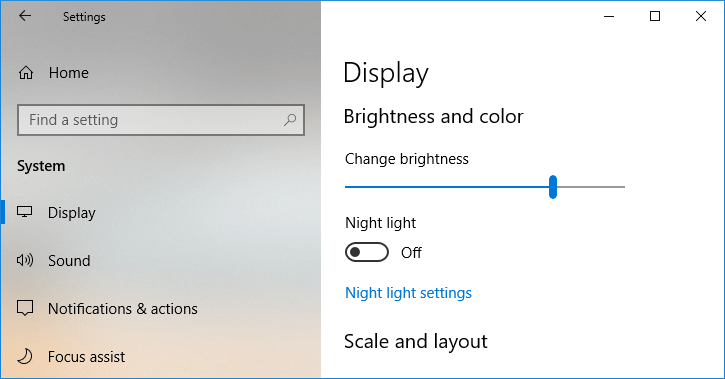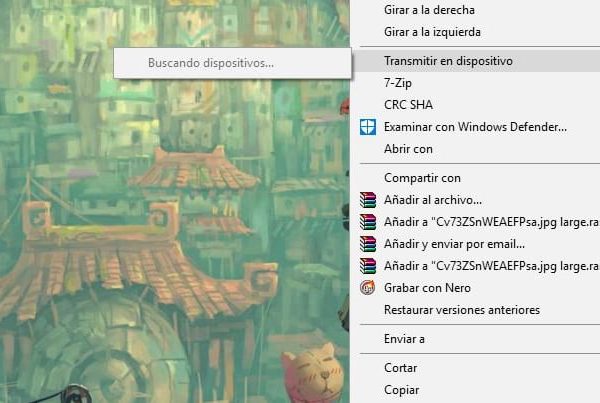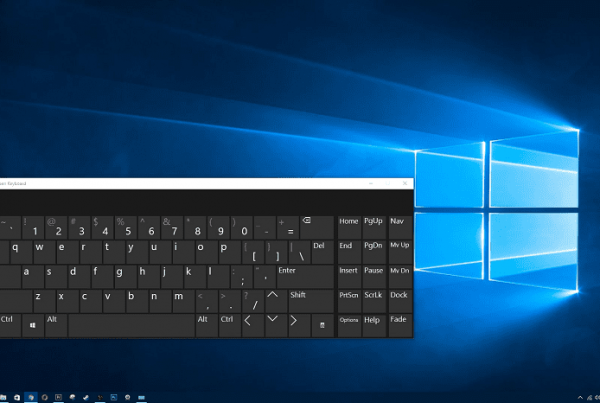Ajustar el brillo de la pantalla del ordenador en Windows 10: La mayoría de los usuarios de computadoras pasan horas tras horas trabajando frente a una pantalla de computadora, ya be en la oficina o en casa. De esta manera, si dispones de un brillo de pantalla adecuado, puede ayudarte a evitar el cansancio de la vista. Cuando está a la luz del día, necesita que el brillo de la pantalla sea mayor; de nuevo, cuando está en una habitación oscura, necesita disminuir el brillo de la pantalla para que le reconforte los ojos. Al mismo tiempo, al disminuir el brillo de la pantalla, ayuda a ahorrar energía y a incrementar la duración de la batería. En este post, aprenderás acerca de los distintos métodos a través los cuales puedes ajustar el brillo de la pantalla en Windows 10.
(*10*)
6 ways to change screen brightness in Windows 10
Make sure to create a restore point in case something goes wrong.
Method 1: Adjust screen brightness with hotkeys
Fortunately, Windows 10 offers users several easy ways to adjust screen brightness. This method is one of the simplest among the methods discussed here. You may have noticed that most laptops or notebooks come with a dedicated collection of shortcut keys to control various computer tools, such as increasing or decreasing the volume or brightness, enabling or disabling WiFi, etc.
Of these dedicated keys we have two sets of keys that are used to increase or decrease the brightness of the screen on a Windows 10 computer. You can take a look at your keyboard and discover the keys with symbols that you can see in the image below. To simply use this key, you may have to press the function key first.
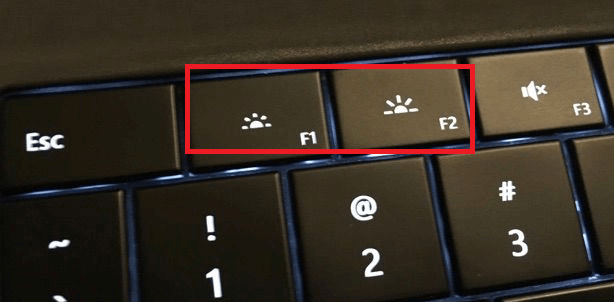
In case these shortcut keys are not working, then you have to see if the keyboards as well as the display drivers are installed successfully or not.
Method 2: Change screen brightness using Action Center
Another simple way to deal with screen brightness is by using the Windows 10 Action Center. To do this, follow these steps:
1.Click on the Action Center icon at the far right of the taskbar.
![]()
2. Open the Action Center panel by clicking Expand.
3.Click the Brightness tile to reduce or increase the brightness of your screen.
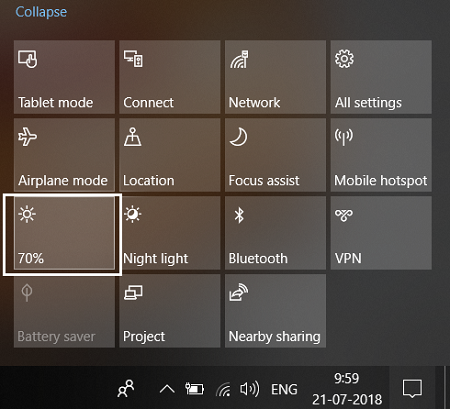
4.In case you cannot see the Brightness tile, you must click on the Expand option.
5.Click the Brightness tile and you can easily adjust the screen brightness in Windows 10.
Method 3: Change screen brightness using Windows 10 settings
1.Press Windows key + I to open Settings and then click on System.
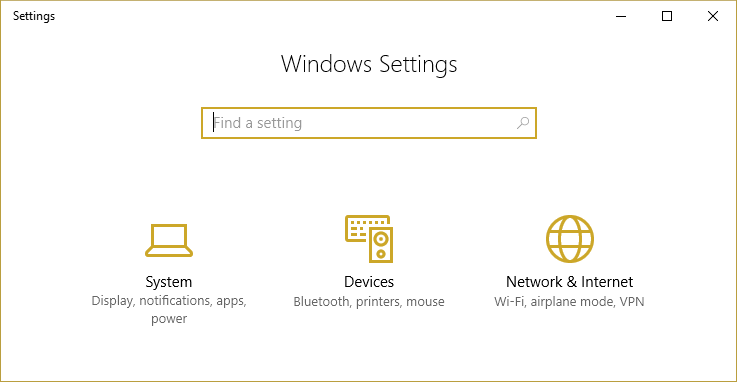
2.Now from the left window pane select Show.
3. To change the screen brightness, drag the slider to the left or right to decrease or increase the brightness respectively.
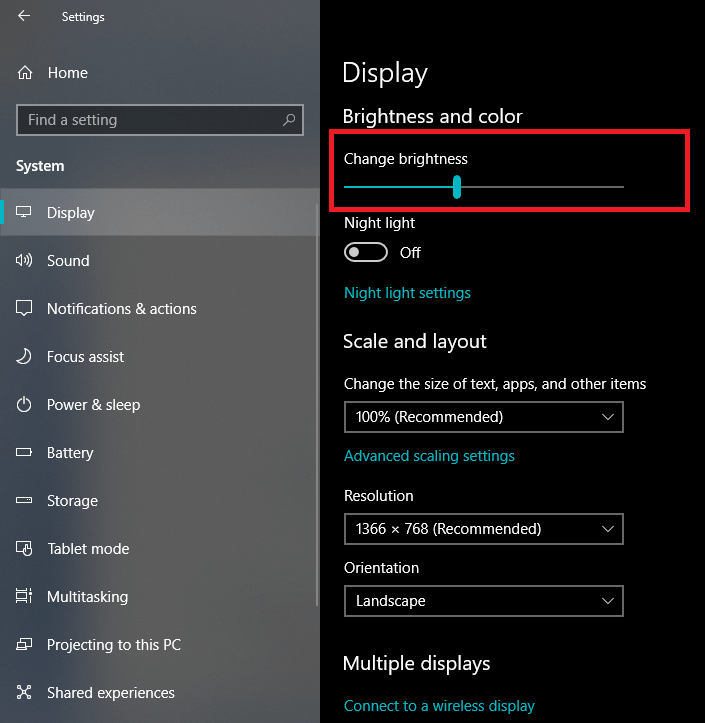
4.Click the mouse and drag the slider to increase or decrease the brightness.
Method 4: Change the brightness using the control panel
Another traditional way to manually adjust the screen brightness on a Windows 10 computer is by using the Control Panel. To do this, the steps to follow are:
1.Type the control in Windows Search and then click Control Panel from the search result.
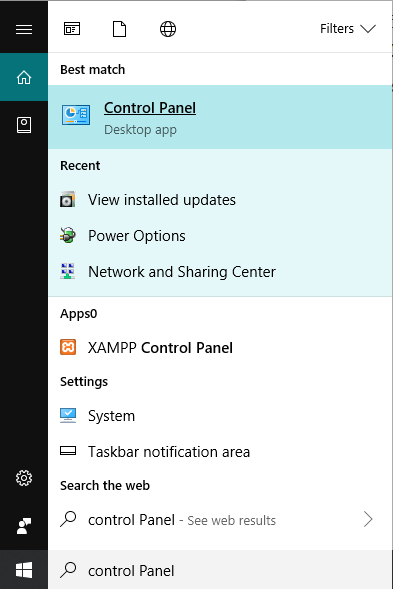
2.En el Panel de Control, vaya a Hardware y Sonido> Opciones de Energía.
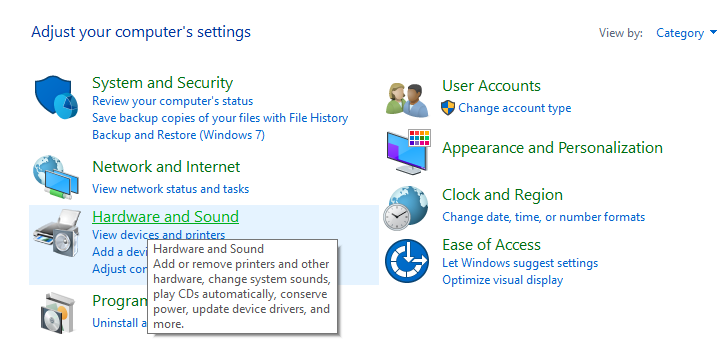
3.Now under Power Options, click Change plan settings next to your currently active power plan.
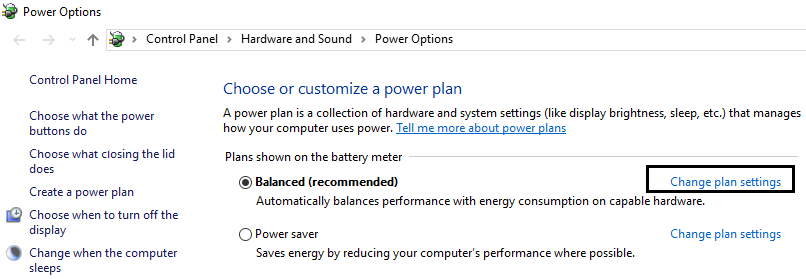
4.Now use the screen brightness slider to adjust the screen brightness levels. Drag it left or right to decrease or increase the brightness respectively.
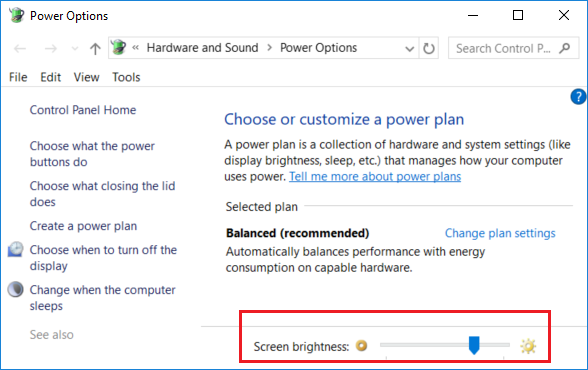
5.Once done, click Save Changes.
Method 5: Adjust screen brightness using Windows Mobility Center
You can also change the brightness of the screen from the Windows Mobility Center, for this, follow these steps:
1.Right click on the start button and select "Mobility Center". Or type "Mobility Center" or "Windows Mobility Center" in Windows Search.
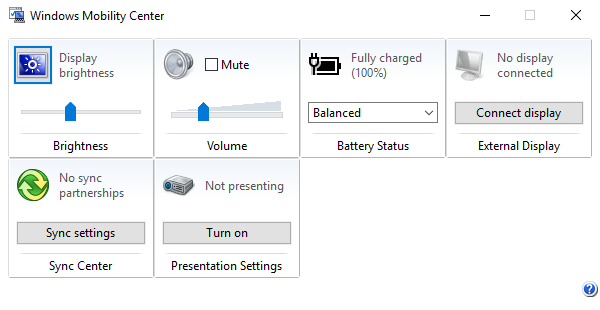
2.You can drag the slider under Screen brightness to adjust the screen brightness in Windows 10.
Method 6: Automatically adjust the brightness
Windows 10 can automatically manage screen brightness based on battery life. It offers users a battery saver option that can automatically reduce screen brightness to save battery life.
1.Press Windows key + I to open Settings and then click on System.

2.Now under System, click Battery in the left window pane.
3. Next, check the box that says "Automatically activate battery saver if my battery runs low" under Battery saver. And drag the slider to adjust the battery level percentage.
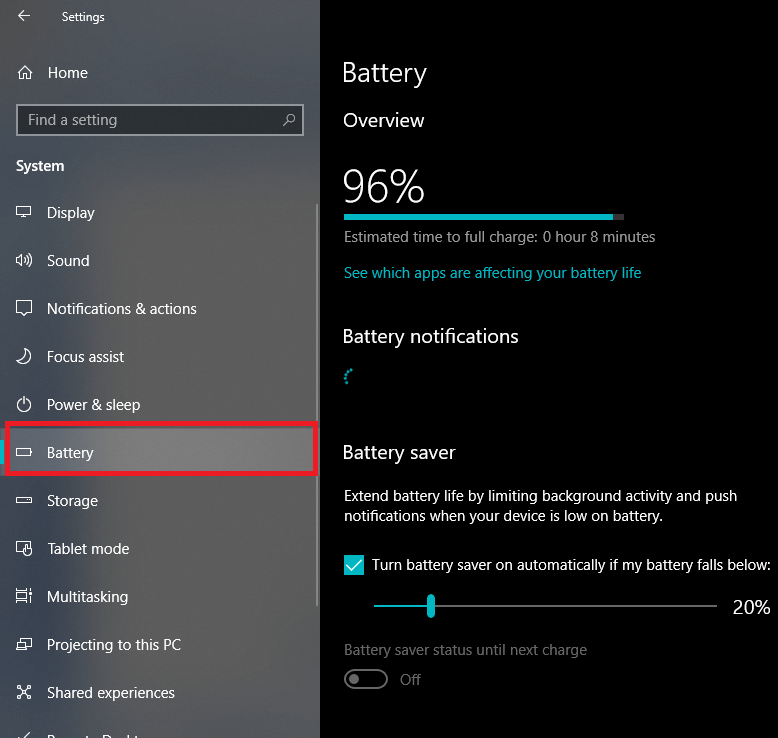
4. Again, check the box that says "Reduce screen brightness while in battery saver."
I hope the steps above have been helpful and that you can now easily change the screen brightness in Windows 10, but if you still have any questions about this tutorial, feel free to ask them in the comments section.

